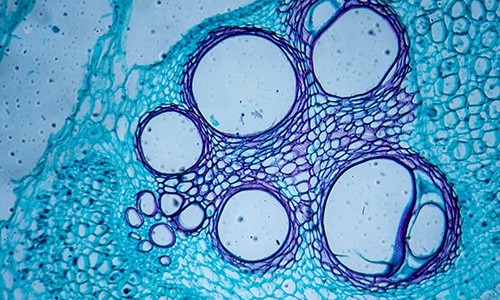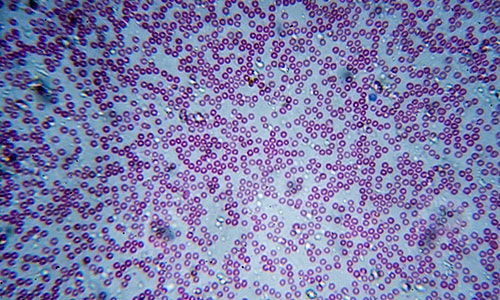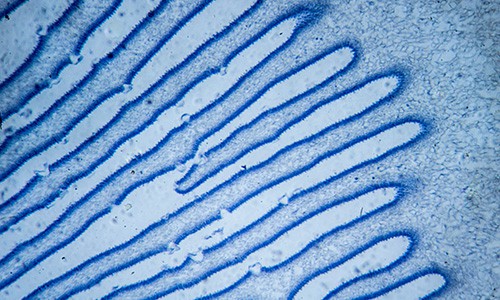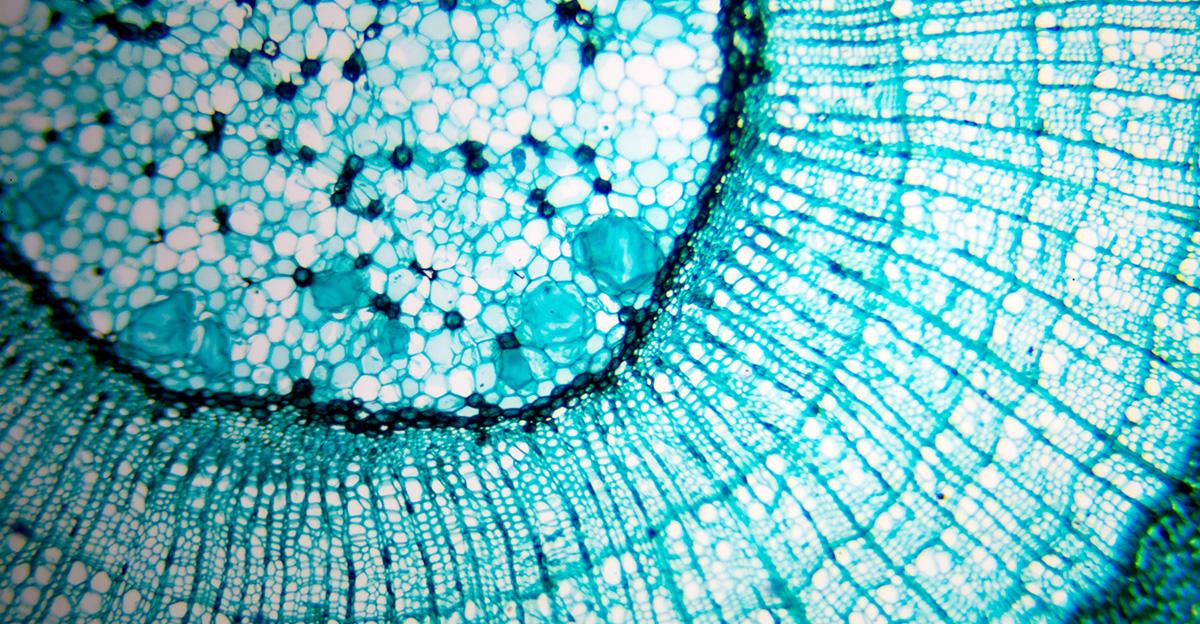Nature is undeniably beautiful. Artists can’t help but appreciate the Fibonnaci-inspired perfection of a nautilus shell, the symmetry of a snowflake, and the colors of the sunrise. And, like most things, a deeper look reveals even more beauty. Studying natural objects opens the door to an entire world of shapes, colors, and configurations of art under a microscope that many artists can’t even imagine.
Whether examining mold in a Petri dish or viewing the skin of a red-speckled jewel beetle under a microscope, an artist is rewarded with an overwhelming, almost alien-like visual that’s certain to inspire creativity.
Why not whet the creative whistles of your students with a projected presentation of incredible microscopic images? You’ll find some beautiful and unique results from otherwise unspectacular objects. Check out some of the art that can be found under the microscope!



Or, better yet, take a cross-curricular field trip to the science lab and view some microscopic slides in person. Encourage your students to note the artistic elements demonstrated in these microscopic images, including:
- Colors
- Shapes
- Symmetry
- Patterns
- Textures
Once you’ve completed your study, challenge your art students to create their own up-close-and-personal artwork. Have them use the microscopic images as inspiration for their own original art.
Helping students observe their worlds more closely is a key component of art education. Microbiology is one inspiring way to encourage them to see things at a deeper level.
Looking for more art lesson plan inspiration? Check out the Schoolyard collection below!






Leave a Reply